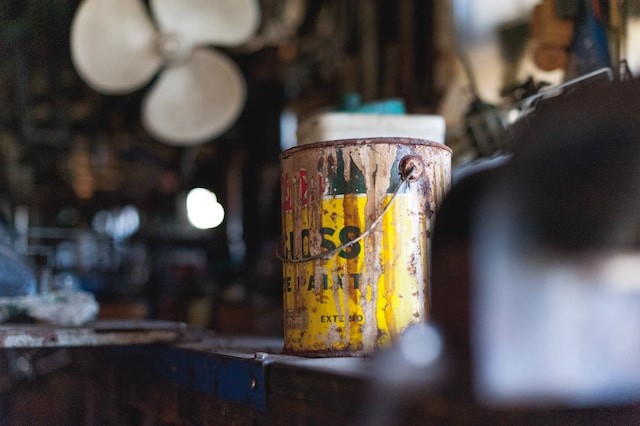A team of scientists from Stanford University has invented a new kind of paint that can help reduce energy use and greenhouse gas emissions from buildings.
The paint can reflect infrared light, which is responsible for about half of the natural heating of the Earth.
By applying the paint to exterior or interior walls, depending on the season, the researchers showed that they could lower the need for both heating and cooling in buildings and other spaces.
How the paint works

The paint consists of two layers: a bottom layer made of aluminum flakes that reflects infrared light, and a top layer made of inorganic nanoparticles that is transparent to infrared light and comes in various colors.
The bottom layer acts as a mirror that bounces back the infrared light, preventing it from being absorbed by the building materials as heat, while the top layer protects the bottom layer from oxidation and provides aesthetic appeal.
The researchers tested the paint in artificial environments that simulated cold and warm conditions.
They found that the paint reduced the energy used for heating by about 36% in cold environments, and reduced the energy needed for cooling by almost 21% in warm environments.
They also ran simulations of a typical mid-rise apartment building in different climate zones across the United States with the paint on exterior walls and roofs.
They found that the total heating, ventilation, and air conditioning (HVAC) energy use declined by 7.4% over the course of a year.
Why the paint is better than conventional paints
The researchers claim that their paint has several advantages over conventional paints.
First, it is more effective at reflecting infrared light than other low-emissivity paints, which usually have a metallic silver or gray color that limits their aesthetic appeal. Researchers can create paints that come in a wide range of colors without compromising its performance.
Second, it is more durable and resistant to weathering than other paints, which can degrade over time due to exposure to sunlight, moisture, and pollutants. It can withstand high temperatures, humidity, and ultraviolet radiation without losing its reflectivity or color.
Third, it is more eco-friendly and cost-effective than other paints, which can contain harmful chemicals or require expensive additives as it is made from cheap and abundant materials that are easy to synthesize and apply.
The researchers estimated that their paint could save about $0.05 per square foot per year in energy costs compared to conventional paints.
This means that a typical mid-rise apartment building with 10,000 square feet of exterior wall area could save about $500 per year by using their paint.
Moreover, they calculate that their paint could reduce the carbon dioxide emissions from buildings by about 0.04 metric tons per square foot per year compared to conventional paints, meaning that the same building could reduce its emissions by about 400 metric tons per year by using their paint.
Paint benefits to society and environment
The researchers said that their paint could have significant benefits for society and the environment.
By reducing the energy use and emissions from buildings, which account for about 13% of global energy use and 11% of greenhouse gas emissions.
They could help mitigate climate change and improve air quality by offering a wide range of colors, they could also enhance the aesthetic appeal and comfort of buildings.
It us also suggested that their paint could be applied to other surfaces besides buildings, such as trucks and train cars used for refrigerated cargo. This could improve the efficiency and safety of transporting perishable goods, such as food and medicine.
The researchers plan to further develop their paint and test it in real-world scenarios. They also hope to collaborate with industry partners to commercialize their invention.
Related Article: Graphene Paints are Strong and Corrosion-Free: Researchers
© 2025 NatureWorldNews.com All rights reserved. Do not reproduce without permission.




